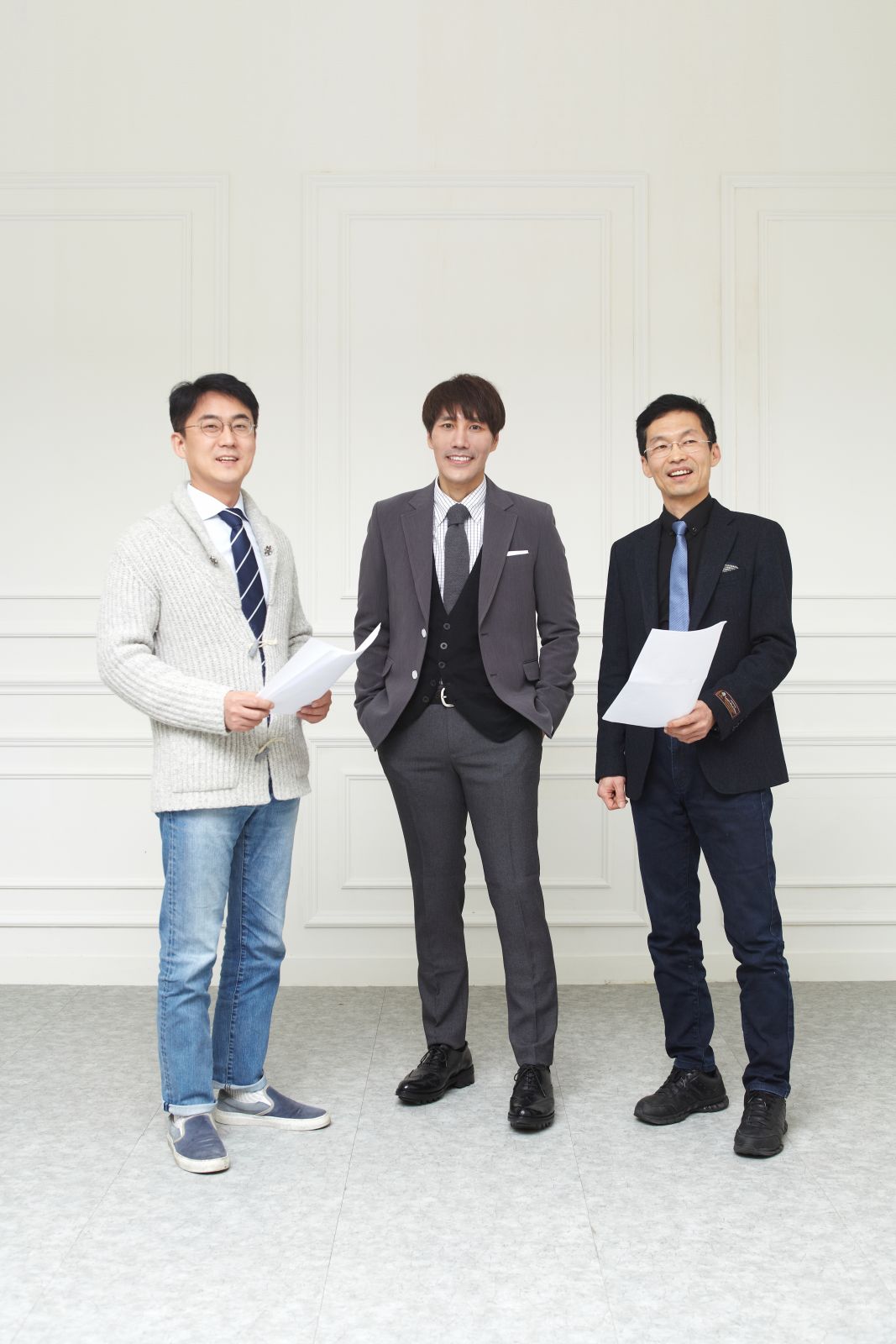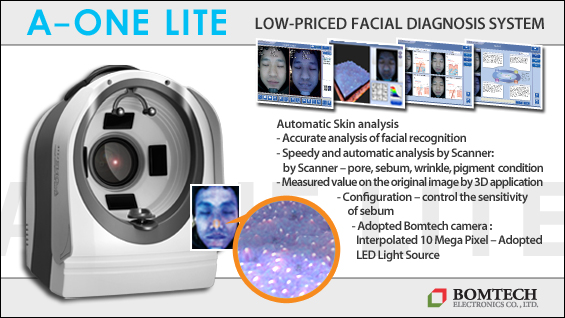Would it be possible to objectively analyze the abstract concept of ‘attractiveness’ to apply to scientific endeavors? D&PS met with Dr. Hong Kiwoong of Samskin Plastic Surgery, Dr. Rhee Seungchul of Dongguk University Ilsan Hospital, and Dr. Choi Wonwoo of Wells Dermatology and Medical Spa who are leaders in the field of scientific conceptualization of attractiveness. Dr. Hong of Samskin Plastic Surgery specializes in minimally invasive procedures and gives lectures on the most recent techniques of thread lift, dermal filler and botulinum toxin procedures, etc. Dr. Rhee of Dongguk University Ilsan Hospital, conducted a face morphing study of preferred facial features based on the time period and race. Dr. Rhee developed and successfully launched BAPA, a computer program that provides a numeric score of facial attractiveness. Dr. Choi of Wells Dermatology and Medical Spa is also a columnist to an American fashion site “Fashionista” where he writes about the secrets behind Korean women’s immaculate skin and Korean skin care knowhow, etc.
In this discussion, the three experts shared their opinions on the deep understanding of attractiveness required in aesthetic clinicians and ways to scientifically define and conceptualize physical beauty. We began with the question; “What is attractiveness?”

Avoid the one-size-fits-all standard of beauty
D&PS: We would like to discuss about the definition of attractiveness, one of the most important, yet ambiguous concepts in aesthetic medicine. Do you think that objective standards of beauty are necessary for aesthetic plastic surgeons and dermatologists?
Rhee: The question “What makes a face attractive?” continues to haunt us regardless of the time period. What is considered attractive and physically desirable can sometimes be explained by scientific principles but are also arbitrarily determined by the public, mass media, plastic surgeons, or interactions thereof. Personally, I do not believe an objective standard of attractive is needed or even exists. Having said that, more research is needed on this topic and doctors should pay more attention to it to prevent having a vastly different expectation from that of their patients’. Each human face is different in its own way and mathematical measurements are not important. I pay attention to the ratio, angle and proportional balance in faces that are considered attractive by the public only as a reference point. Rather than using the word ‘standard,’ I believe ‘reference values of attractiveness’ exist and vary across time periods.
Hong: The average measurements of an attractive face may be important. For example, rather than saying that the standard thickness of the fold in the upper eyelid is 5mm, the average thickness ranges from 2-3mm to 7-8mm. In other words, there are no strict standards to follow but only references to consider before surgery.
Rhee: The same applies to mandibular reduction surgery. Measurements obtained from a face generally thought to be attractive are considered for determining the angle of the mandibles. This is important for increasing patient satisfaction.
Hong: I met a North Korean defector a while ago. She told me that the double eyelid surgery (blepharoplasty) and rhinoplasty are very popular in North Korea. She said that some even go under the knife without any anesthesia as lidocaine is hard to come by. It made me realize that people, regardless of the culture, economy and political system, always strive to look better. This made me think deeply about the definition of attractiveness. My patients ask me what they should change to look better. Ancient philosophers thought that beauty is in the eye of beholder and cannot be standardized. However, doctors specializing in aesthetic treatments must have some scientific standards of attractivenes
[Advertisement] A-One LITE(Facial Diagnosys System) – Manufacturer: BOMTECH(www.bomtech.net)
Choi: So far, we have focused only on the form. While the balance and proportions of the form are important, I would like to point out that the color and polish are also important. I hope more research is devoted to exploring the conditions of a beautiful skin. More patients are seeking healthier and more youthful skin. I think we should be able to objectively assess what people consider attractive.
Rhee: That is an important point. Traditionally, plastic surgeons have been too concerned with static form and structure that they could not consider the skin. Unfortunately, most plastic surgery performed so far followed uniform standards and blindly pursued the Caucasian standards. This is why there are many people in Korea who end up with the same, unnatural appearance. Plastic surgeons now need to establish Korean standards of attractiveness to perform procedures that are suitable for the Korean race.
-To be continued




















